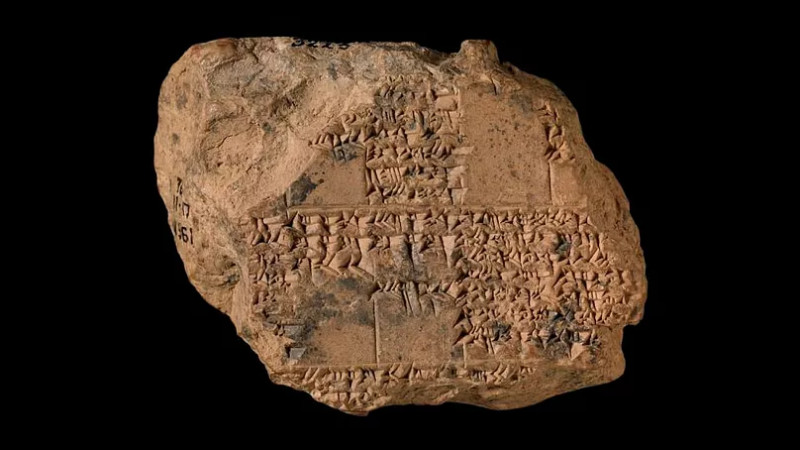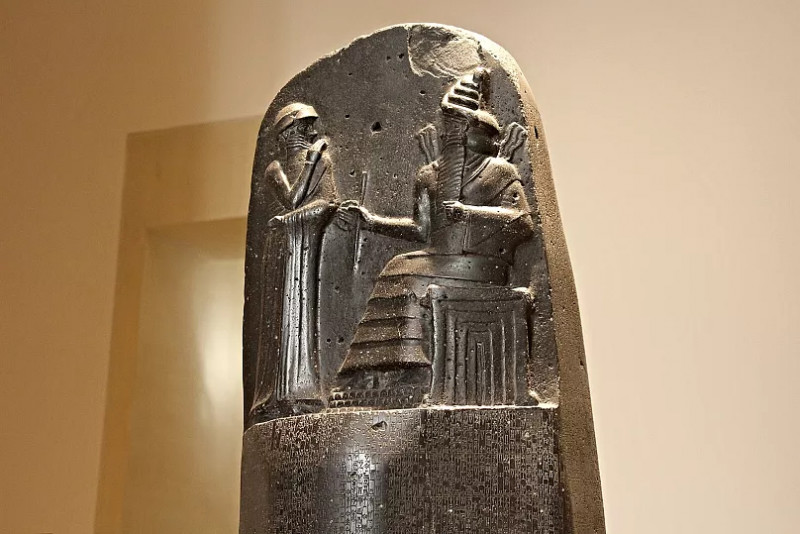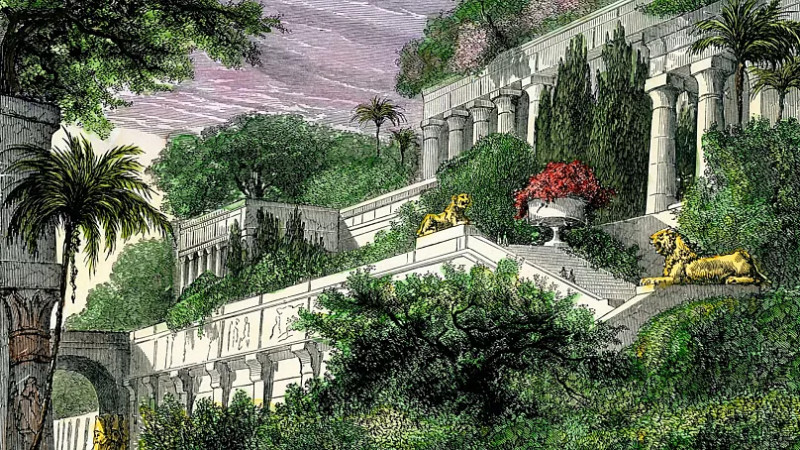A team of researchers have successfully decoded 4,000-year-old writings on ancient Babylonian cuneiform tablets that had remained untranslated for over a century.
The latest research focused on four tablets from the British Museum’s collection, origin dating back to around 1200 BC from the ancient city of Sippar in what is now modern-day Iraq.
Published in the Journal of Cuneiform Studies,* the newly deciphered texts reveal that the Babylonians viewed lunar eclipses not just as celestial events but as ominous signs of death and destruction.

One tablet notes that “an eclipse in the morning watch” means “the end of a dynasty.”
Another warns, “If an eclipse becomes obscured from its centre all at once and clear all at once: a king will die, destruction of Elam."
The writings would have been written by astrologers from the Mesopotamian civilisation and now represent the oldest known records of lunar eclipse omens.
“Omens arising from lunar eclipses were of great importance for good statecraft and well-counseled government,” researchers wrote in a paper recently published in the Journal of Cuneiform Studies.
“In later periods there is ample evidence to show that astrological observation was part of an elaborate method of protecting the king and regulating his behavior in conformity with the wishes of the gods.”
Fortunately for the kings, there were methods to counter these omens, including consulting oracles - experts who would examine animal entrails - and carrying out the prescribed rituals.
Who were the Babylonians?
The Babylonians were an ancient Akkadian-speaking civilisation that flourished in Mesopotamia, a region located between the Tigris and Euphrates rivers in modern-day Iraq and parts of Syria and Iran.
They left a huge mark on the course of human history, with important contributions to science, agriculture, literature and law. For example, their base-60 number system is still used in measuring time and angles today and they produced some of the earliest literature, including the Epic of Gilgamesh.
Starting out as a modest city-state in the late third millennium BCE, Babylon rose to prominence under the rule of King Hammurabi (c. 1792–1750 BCE), whose brutal approach to justice and legal code remains one of the earliest and most complete in history.

His strict laws were inscribed on a large stone stele, which originally stood about 2.25 metres (7.5 feet) tall and is now housed in the Louvre Museum in Paris.
The Hammurabi code of laws features 282 rules, each outlining specific punishments. For a taste of its harshness, here are a few examples:
Law 21: "If any one break a hole into a house (break in to steal), he shall be put to death before that hole and be buried."
Law 157: "If any one be guilty of incest with his mother after his father, both shall be burned."
Law 196: “If a man destroy the eye of another man, they shall destroy his eye. If one break a man's bone, they shall break his bone."

Perhaps one of the most well-known features of Babylon was the Hanging Gardens, often listed as one of the Seven Wonders of the Ancient World.
The gardens are thought to have been located near the royal palace in Babylon and were described as a remarkable feat of engineering with an ascending series of tiered gardens containing a wide variety of trees and vines.
Traditionally, it is believed that the gardens were created by Queen Sammu-ramat, who ruled from 810 to 783 or by King Nebuchadrezzar II, who supposedly commissioned them to comfort his wife Amytis, who longed for the mountains of her homeland.
However, despite extensive archaeological work in Babylon and surrounding areas, no definitive evidence of the Hanging Gardens has been found, leading many to believe that they might be a thing of myth.
Disclaimer: The copyright of this article belongs to the original author. Reposting this article is solely for the purpose of information dissemination and does not constitute any investment advice. If there is any infringement, please contact us immediately. We will make corrections or deletions as necessary. Thank you.




